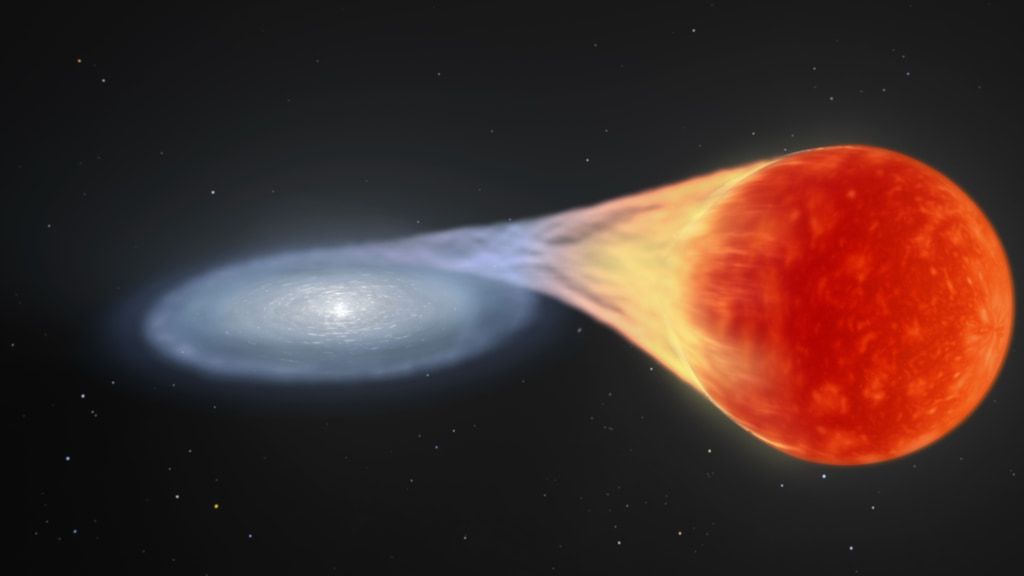
In the new study, scientists at the University of Johannesburg in South Africa say they've found that this space rock — called the Hypatia stone after the ancient Greek philosopher and astronomer — might be the first physical evidence of a Type Ia supernova, one of the most energetic phenomena in the universe.
The team built on years of research, including studies from 2013, 2015 and 2018 that indicated that the stone did not originate on Earth, from a meteorite or comet, or from anywhere within the solar system, respectively.In their new analysis of the Hypatia stone, the scientists used a proton beam, a high-energy particle accelerator, that identified 15 elements in greater detail than ever before.For instance, the amount of silicon in the Hypatia stone was extremely low — less than 1% of what would be expected for an object that formed in our solar system.So the scientists investigated whether the origin could be a Type Ia supernova, an ultrapowerful explosion that occurs when a dense, dim stellar remnant called a white dwarf in a binary system explodes with such force that the white dwarf is reduced to atoms!Once those atoms congeal with dust from the white dwarf's nebula, the resulting rocky material would, theoretically, have a very specific chemical signature, the scientists said. .
It turns out that the chemical signature of the Hypatia stone closely resembles the chemical signature that the scientists hypothesized for a Type Ia supernova.In the meantime, they're enthusiastic about the prospect of the potential supernova evidence and what it could say about the origin of the solar system.
"Perhaps equally important, it shows that an individual anomalous 'parcel' of dust from outer space could actually be incorporated in the solar nebula that our solar system was formed from, without being fully mixed in," Kramers said.